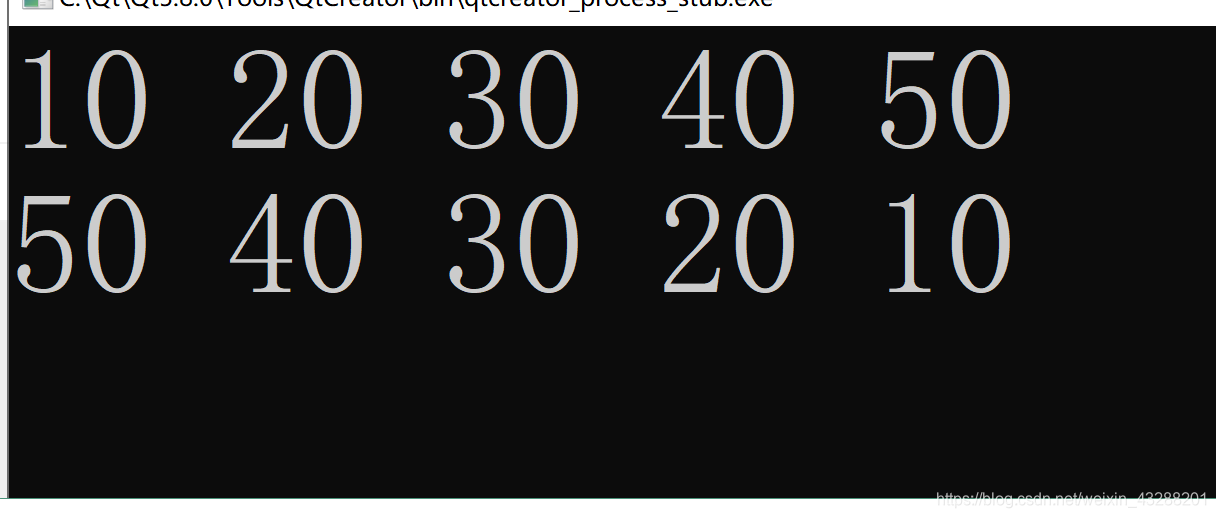什么是内建函数对象
答: STL提供的仿函数
STL内建了一些函数对象。分为:算数类函数对象,关系运算类函数对象,逻辑运算 类仿函数。这些仿函数所产生的对象,用法和一般函数完全相同,当然我们还可以 产生无名的临时对象来履行函数功能。使用内建函数对象,需要引入头文件
6个算数类函数对象,除了negate是一元运算,其他都是二元运算。
template<class T> T plus<T>// 加 法 仿 函 数
template<class T> T minus<T>// 减 法 仿 函 数
template<class T> T multiplies<T>// 乘 法 仿 函 数
template<class T> T divides<T>// 除 法 仿 函 数
template<class T> T modulus<T>// 取 模 仿 函 数
template<class T> T negate<T>// 取 反 仿 函 数
6个关系运算类函数对象,每一种都是二元运算。
template<class T> bool equal_to<T>// 等 于
template<class T> bool not_equal_to<T>// 不 等 于
template<class T> bool greater<T>// 大 于
template<class T> bool greater_equal<T>// 大 于 等 于
template<class T> bool less<T>// 小 于
template<class T> bool less_equal<T>// 小 于 等 于
逻辑运算类运算函数,not为一元运算,其余为二元运算。
template<class T> bool logical_and<T>// 逻 辑 与
template<class T> bool logical_or<T>// 逻 辑 或
template<class T> bool logical_not<T>// 逻 辑 非
案例(加法仿函数)
// 加 法 仿 函 数
void test02()
{
plus<int> p;
cout << p(10, 20) << endl; //30
cout<<plus<int>()(100,300)<<endl; //300
}
案例二(使用内建函数对象 改变排序规则)
//使用内建函数对象 改变排序规则
void test04()
{
vector<int> v;
v.push_back(10);
v.push_back(20);
v.push_back(30);
v.push_back(40);
v.push_back(50);
for_each(v.begin(),v.end(),[](int val){cout<<val<<" ";});
cout<<endl;
//使用内建函数对象 改变排序规则
sort(v.begin(),v.end(), greater<int>() );
for_each(v.begin(),v.end(),[](int val){cout<<val<<" ";});
cout<<endl;
}
运行结果:

